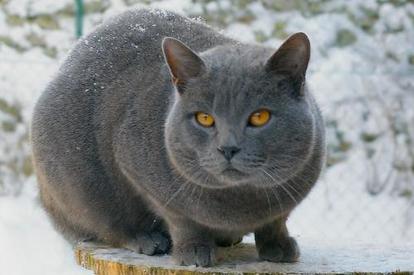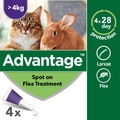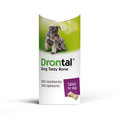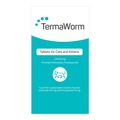
Much conjecture surrounds the history of the breed, with some dating its origin to the 13th century in the mountains of Syria where it evolved from feral cats, and others suggesting it was brought back to France either by crusaders or Carthusian monks. Whoever returned with these cats, historic records confirm the presence of Chartreux at the Grande Chartreuse Monastery in the mountains north of Grenoble. A favourite amongst Carthusian monks who utilised the cat as an efficient ratter and companion, the Chartreux rose to popularity, only to diminish in numbers with the onset of WWI alongside so many other breeds. It is possible that the cat derives its name from the Chartreuse liquors that were made by the Carthusian monks. The Cat Fancier’s Association approved the Chartreux for championship status in 1987.
A compact and muscular breed, the Chartreux is far from your average lap cat but enjoys exercise, play and plenty of human interaction. Highly distinctive in appearance, the breed boasts a proportioned body, a deep chest, a round head that tapers to the muzzle, medium-sized ears, and eyes that are characteristically copper or gold in colour. The Chartreux is not a particularly vocal cat but will communicate softly when it wants attention. Often described as a ‘gentle giant,’ the Chartreux is affectionate, docile and very playful, making it a suitable breed choice for households with children and other pets. The dense double coat serves to insulate and protect the cat and requires minimal grooming.
Owners have described how it can take up to 3 years for a Chartreux to reach maturity, whilst it maintains its kitten-like qualities throughout its life. The Chartreux is a well mannered cat that is responsive to instructions when trained from a young age and is highly aware and sensitive to its owner’s emotions. It is not unheard of for a Chartreux to dislike being handled, preferring to keep its feet firmly on the ground. Due to its intuitive and intelligent nature, if housed indoors, the Chartreux benefits from a variety of interactive toys, scratching posts and plenty of companionship in its everyday life. Typically, a fully-grown Chartreux will weigh between 6-12 pounds depending on its gender, with an average life expectancy of 12-15 years.
Generally very healthy, the Chartreux is prone to few breed-specific or genetic conditions. Documented cases of patellar luxation and hip dysplasia are prevalent in the breed, which is something to look out for.








From Hertfordshire, United Kingdom
Lovely to see Jerry Lee and Nibbler!
From United Kingdom
A calm, gentle and very loving cat. She enjoys cuddles, following her humans from room to room and 'participating' in activities (usually by climbing into suitcases or playing with cardboard boxes). Not at all shy of strangers. Has thick, soft, silky fur and gorgeous amber eyes. Is usually very quiet, with the occasional chirp when something interests her, and will only outright meow if she's scared or wants help to climb up somewhere.